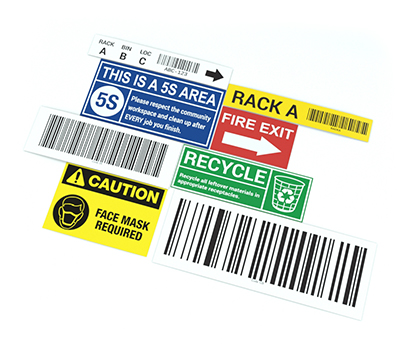
In an electrical system there are quite a few names for different types of wires. In higher voltage systems, you will typically have either a single-phase system, or a three-phase system. The phase wires in these systems are the hot wires. Whenever the system has a power source, the phase wires will be hot so make sure you do not touch them without taking proper precautions.
Single Phase System
When you look at a single-phase electrical system you will see a total of three or four wires in most cases. These wires will be bundled together within the insulation. You will find two hot wires (phase wires) and one neutral wire. In addition, there will often be a ground wire in place. Each of the two-phase wires will provide 120 volts of electricity, allowing for a total of 240-volts of power. These are commonly used for electric dryers, hot water heaters, and other appliances.
Three Phase System
In a three-phase system you will find four or five wires. The first three wires will be hot wires, each carrying 120 volts of electricity. The fourth one will be a neutral wire, and finally there should be a ground wire as well.
Colors of Phase Wires
In a single-phase system, you will find that the two hot wires are colored black and red in most cases, though sometimes they are only black. In a three-phase system, the three hot wires are black, blue, and red. As with any electrical system, however, you cannot count on the fact that the wires were colored correctly. It is always critical to take the necessary steps to confirm what each wire is and remove it from all power sources before interacting with the wires in any way. This is especially important with these phase wire systems because they will have a higher voltage than standard 120 electrical wires.
Similar Questions
- What are wire color codes?
- What are AC power standards?
- What’s the difference between a positive and neutral wire?
- Is the black wire the hot wire?
- What does the neutral wire do?
- What is the Color of the Ground Wire?
- What is the gray wire color used for?
- What is neutral wire color?
- How are live wires identified?

